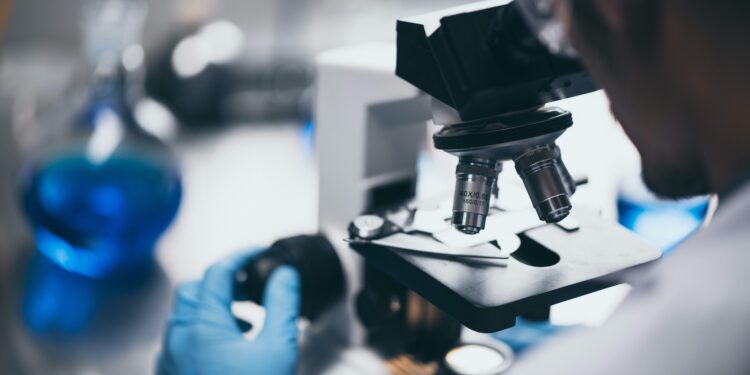First Graphene Limited (ASX:FGR) has secured an additional patent within its existing Hydrodynamic Cavitation patent family, with the United Kingdom Intellectual Property Office.
The patent describes how the Hydrodynamic Cavitation Process Technology can be used to coat particles with a surface coating of graphene platelets.
It is a potential enabling technology for producing graphene coated silicon particles for use as anode materials in energy storage devices.
A key challenge in the development of the next generation of batteries is how to increase their energy storage capacity.
Existing carbon anodes typically have an energy density of about 400mAhg-1 whereas the equivalent theoretical value for silicon is an order of magnitude higher, at 4200 mAhg-1. This makes silicon a very attractive material for energy storage devices.
Currently there are multiple issues associated with using silicon particles, including their low intrinsic electrical conductivity and the slow diffusion rate of lithium within the electrode.
Another major issue is the significant volume change as lithium ions, which are used to transfer electrical charge, enter and leave the electrode. This causes the degradation of the silicon electrode, causing an irreversible loss in performance of the storage device.
The challenge is to maintain the capacity of the battery after a given number of cycles: this should ideally be greater than 90% after 200 or more cycles.
Coating silicon particles with a conductive layer, that is also porous to lithium ions, whilst also providing “reinforcement” to mitigate against structural degradation, is a potential method that could overcome the above challenges.
As a mechanically strong, conductive and thin material, a graphene coating on the surface of silicon particles readily lends itself as a solution.
This patent covers the use of First Graphene’s cavitation process technology to directly grow conductive graphene nanoplatelets on to the surface of suitable particles, including silicon.
The benefit is that the process is simple, scalable and uses readily available feedstocks that are processed under bulk ambient conditions, as opposed to standard industry practices that require temperatures in excess of 900°C.
Another benefit is that the process is clean – hydrogen gas is produced as a by-product.
Initial proof of concept work disclosed in the patent describes how graphene can be synthesized onto the surface of silicon particles, giving a significant uplift in measured electrical conductivity.
Securing this patent gives the company a strong position in the global silicon anode battery market, which is projected to grow to US$270 million by 20271, by providing it with a process that is scalable and a product that can be used in trials in energy storage devices.
CEO and Managing Director, Michael Bell, said the granted patent also provides a means of protecting the company’s Intellectual Property associated with the use of cavitation technology within this market in the United Kingdom.
“This patent in the United Kingdom is an exciting step towards protecting our investment in energy storage research and development and paves the way to the next generation of graphene enhanced silicon battery anodes. Furthermore, this process enables petroleum feedstock to be used in the production of graphene enhanced silicon anodes in an environmentally friendly process,” Mr Bell said.
For further information please visit: https://firstgraphene.net/












